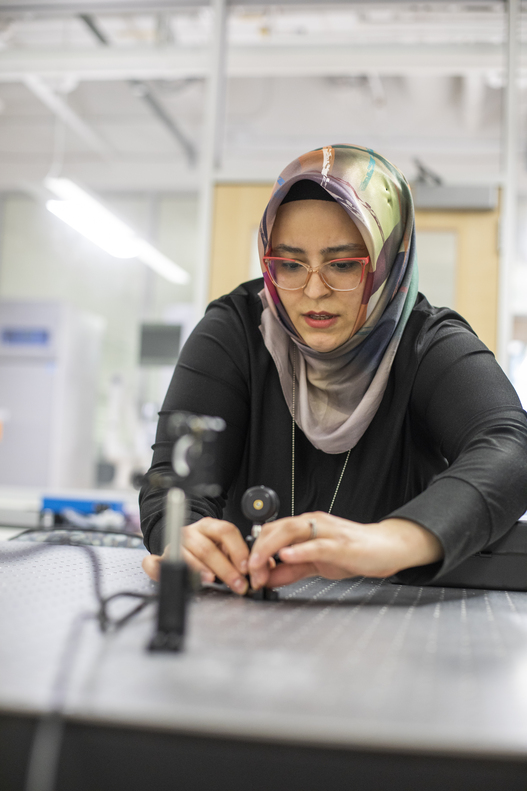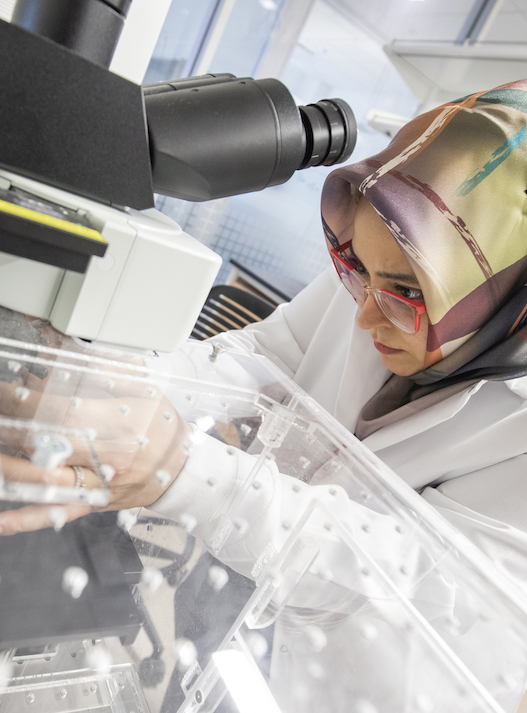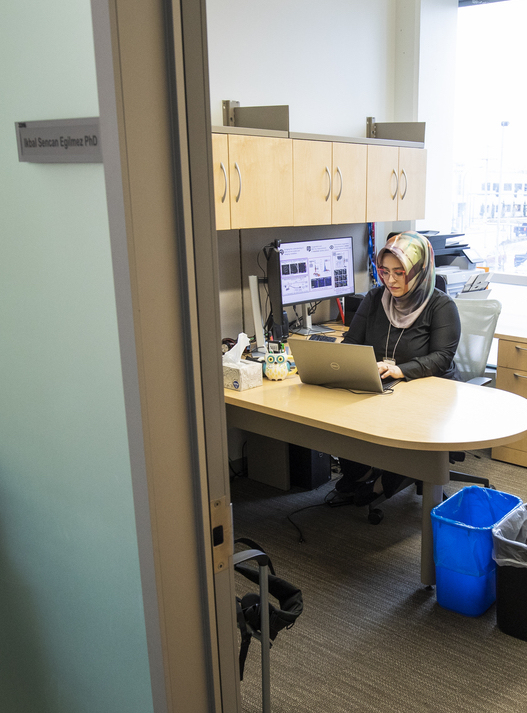Skip to content
Biomedical Optics and Neurovascular Imaging Lab
Projects
Our lab engineers advanced and accessible optical microscopy methods (such as two-photon phosphorescence lifetime imaging (2PLM), optical coherence tomography (OCT), laser speckle contrast imaging (LSCI), optical intrinsic signal imaging (OISI), and computational on-chip microscopy for understanding and improving human health through a wide range of biomedical applications.
Understanding the Brain in Action During Healthy and Diseased Conditions
The development and use of advance optical imaging methods to quantify diversity in neurovascular coupling response across physical compartments and age groups.
Quantitative Interpretation of BOLD fMRI Signal and Bridging Knowledge Across Imaging Modalities
Optical measurements of oxygenation and blood flow in awake mouse with high spatial and temporal resolution during standard fMRI calibrations (hyperoxia, hypercapnia, caffeine intake etc.).
Identifying Early Markers of Neurovascular Diseases and Preventative Strategies
Quantifying changes in retinal and intestinal oxygenation, flow and microvascular structure during disease progress, their correlation with brain, and relationships with sleep, diet and exercise.
More in Biomedical Optics and Neurovascular Imaging Lab
Opens in a new window
Opens an external site
Opens an external site in a new window









